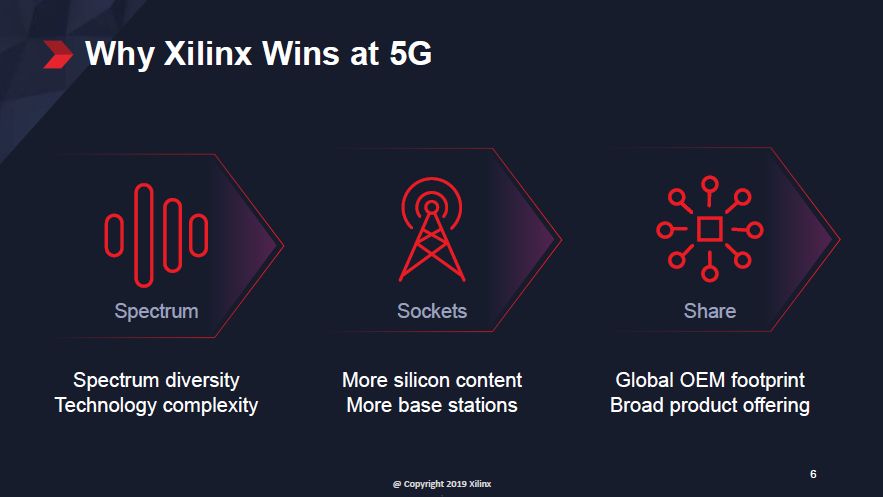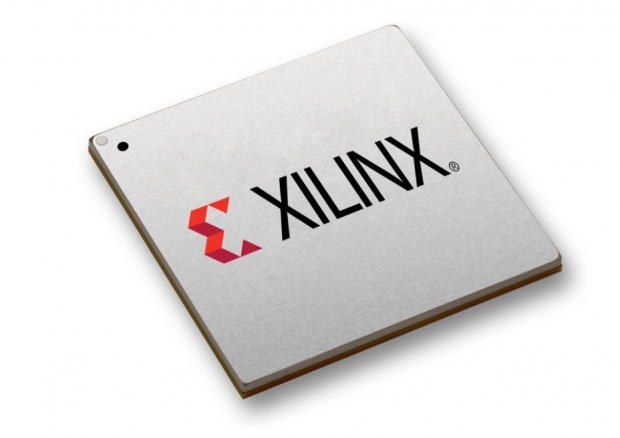The most common argument that many people argued about 5G in the last few years was that the bigger speed of data transfer would dry the data caps. The promise of Gigabit or multi-Gigabit speeds or even hundreds of Megabit average data speeds would work quite fast in using up a 5 or 10 GB data plan.
Just a few years ago 1 to 5 GB plans were common across many counties, while US carriers got away by calling something "unlimited" even though they tend to cap end-users at 29 GB. European carriers have 100 GB or even larger plans where they don’t cap your speeds below this threshold.

Liam showed Cisco system data showing that 2018 Internet traffic reached 75 Exabytes per month, and it is estimated that in 2019 we can reach 104 Exabytes.
2020 will almost double the internet traffic from 2018 expecting to reach 140 Exabytes and in 2021 just two years from how the traffic is expected at 190 Exabytes. The year 2022 could bring as much as 252 Exabytes of global internet traffic or 3.5 times more than in 2018.
The money show is a slide presented as Xilinx’s 2019 Analyst and Investor day talking about the cost per Gigabyte for the Carriers. The data provided by Mobile Experts combines a cost of spectrum, network equipment, site lease, backhaul, and power.
The cost of delivering 5G
When one increases the frequency, then, in general, each base station and each unit of the spectrum can carry more Gigabits.
The second pillar that helps to reduce the cost per Gigabit is a technology called Massive MIMO and beamforming as it allows customers to use spectrum in a much more efficient way. The result is more Gb/Hz and can result up to 4X better performance using the same spectrum.
At LTE Macro level without using Massive MIMO technologies, 1GB of data costs $2.13. Once the LTE carriers started using small cell and enabled MIMO technologies such as Gigabit LTE at Qualcomm device side, the cost for the carrier drops to $1.28.
The first wave of 5G that focuses on the mid-range bands and exploits just a part of 5G possibilities shows that even at 4GHz four-thread cost per GB goes down to $0.45. Data transfer per GB ends up 4.7 times cheaper than the first deployments of LTE.
If the carrier decides to use multiple antenna arrays and increase the number to 64T, the cost goes down to $0.20.
$6 for 100 GB
Once the carrier gets down to the full potential of 5G and uses the 28 GHz millimeter wave and massive 256T arrays, the cost of data goes down to $0.06 for the spectrum, network equipment, site lease, backhaul and power, all combined. Using beamforming and massive MIMO at 28 GHz can result with 60 cents for 10 GB or 6 USD for the whole 100 GB, a tiny fraction compared that with basic LTE without massive Mimo and beamforming arrays carrier cost per Gigabyte is $21.30 for 10 GB and a whopping $213 for 100 GB.
Reducing the cost per GB of the data is a clear example of how 5G will enable VR, 4K, and even 8K content streaming and keep the cellular plans at a reasonable level. The examples above are all very data-intensive as compressing 4K at Netflix requires 25 Mbps for a smooth experience. At 8K, the data volume quadruples.
The reuse of spectrum powered by massive arrays of antennas at critical points and millimeter waves will give you unimaginable speeds in 5G. 2019 is a trial year for most carriers around the world, and it is more like warming up, with larger deployment in 2020.

Apple is expected to jump in, and some later adopters of the carrier/telecom side too. The 2020 chipsets including the next generation Qualcomm SoC and modems are expected to make better use of the MIMO and spectrum, and Huawei and Samsung will fight for its 5G place under the sky, on the device level.
Xilinx can thrive on a base station level using its solutions for spectrum diversity technology complexity calculation, more Xilinx solutions for the base station, radio, baseband solution can create 3 to 4 X revenue opportunity for the company. 5G is just starting and is expected to evolve over the next eight to nine years with many iterations. Xilinx' programmable solution is very adaptable and software and hardware programmable, causing many carriers/telecoms in the world to be inclined to use them. Xilinx solutions can be reprogrammed to support the upcoming 3GPP solutions as the next milestone in 5G development called release 17 is expected in 2021.




